Growth analysis and development trends of water treatment projects in the first half of 2021
In the first half of 2021, the investment in water treatment industry projects was 180 billion yuan, a decrease of 48.7% year-on-year. In the first half of this year, water treatment projects were mainly concentrated in South China, with an investment of 109.3 billion yuan in industry projects.
The downstream customers of the water treatment industry are mainly electric power, metallurgy, chemical industry, municipal water affairs and other industries. The prosperity of these industries is closely related to the development of the national economy and the fluctuation of fixed asset investment.
Due to a certain degree of volatility in my country's macroeconomic development, the government will take stricter macroeconomic control measures in a certain period, and even directly limit the scale and investment progress of fixed asset investment in specific industries, causing the water treatment industry to be directly or indirectly affected by macroeconomics. The impact of cyclical economic fluctuations.
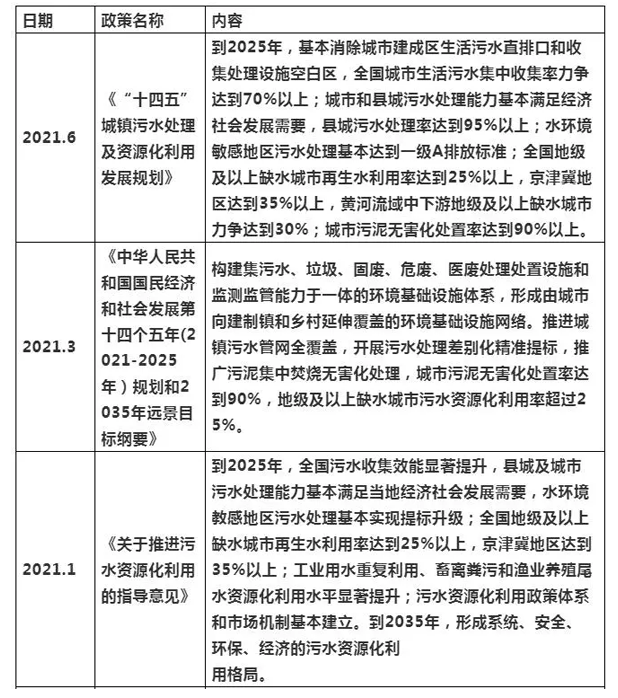
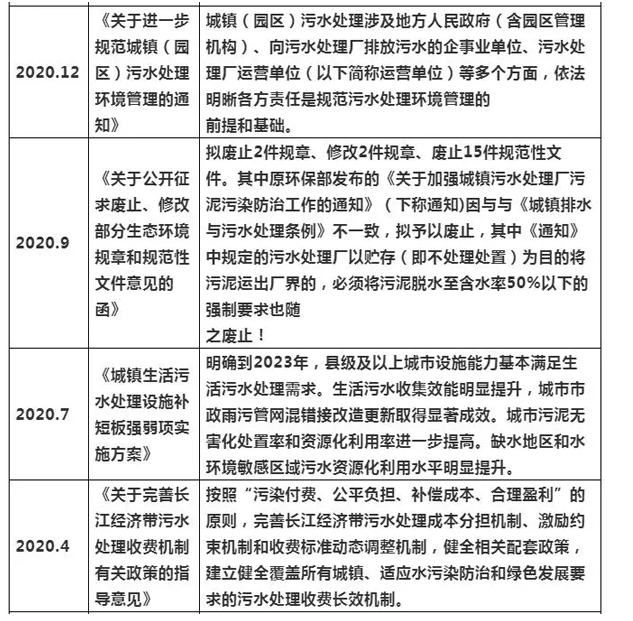
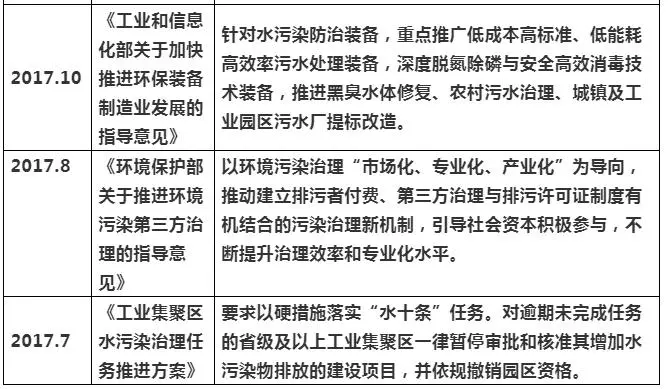
According to data from Zhongxiang.com, the investment in water treatment industry projects in the first half of 2021 was 180 billion yuan, a decrease of 48.7% year-on-year. From a regional perspective, the declining areas were mainly concentrated in Northeast China, North China, Northwest China, East China, and Southwest China. , Central China, while South China grew significantly, with project investment increasing by 39.6%.

In the first half of 2021, the investment in water treatment projects in South China was 109.3 billion yuan, accounting for 61% of the project investment in the national water treatment industry, followed by central China with 25.8 billion yuan accounting for 14%, and eastern China with 20.5 billion yuan accounting for 12% .
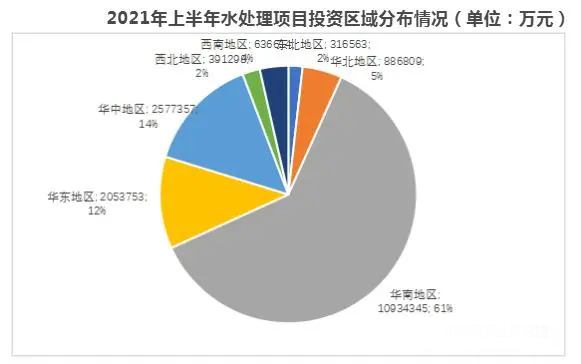
At the same time, starting from July 1, 2021, "Rural Sewage Purification Devices" (jb/t 14095-2020), "Water Pollutant Discharge Standards for the Electronic Industry" (gb 39731-2020), and "Pollution Control Standards for Medical Waste Treatment and Disposal" (gb 39707-2020), Hebei's "Operating Procedures for Limited Space Operations of Municipal Drainage Facilities" and other policy standards began to be implemented. It is expected that project investment in the water treatment industry will increase in the second half of the year.
Future development trends of sewage treatment
1 The trend of centralized management of industrial parks is obvious
With the development of local economies and the need for environmental governance, many provinces and cities have proposed the industrial development strategy of "retreating from cities and entering parks" to increase centralized pollution control and treatment of enterprise groups in industrial parks. Water treatment services have also begun to Systematic treatment of point sources of a single enterprise to the entire park, as well as the development of comprehensive utilization of water resources. With the expansion of the number and scale of industrial parks and the improvement of industrial wastewater treatment standards, there will be a huge market for the comprehensive water treatment business of industrial parks. space.
2 New technologies in the sewage treatment industry
At present, eutrophication of water bodies has become the norm. For the treatment of pollutant nitrogen, nitrification-denitrification is generally used to complete denitrification. However, this process requires a large amount of aeration energy and organic carbon sources, which not only results in higher costs, but also may cause secondary pollution, and anaerobic ammonium oxidation technology can improve efficiency while maintaining low cost.
At the same time, simultaneous nitrification and denitrification can reduce the demand for carbon sources in sewage treatment, save aeration energy consumption, and reduce sludge production. It is also a new technology for sewage energy saving and consumption reduction.
The core difficulty is still not to accurately control the reaction conditions to meet the needs of overall aerobic and local hypoxia. The biofilm method is one of the effective ways to achieve simultaneous nitrification and denitrification.
3 The market for advanced environmental protection technology and equipment is gradually taking shape
The standardized and complete sewage treatment equipment market is gradually taking shape. Compared with sewage treatment engineering enterprises, it has the advantages of short production cycle, low investment cost, small footprint, and quick production results, which is conducive to building an ecological system that integrates water and city. It is highly in line with my country’s current sewage treatment needs.
4 Sewage treatment gradually forms a new operation system based on artificial intelligence
As artificial intelligence and Internet of Things technologies are gradually applied to the sewage treatment industry, through the establishment of a smart water cloud platform, sewage plants can control their operating conditions in real time through the smart water cloud platform, improving the convenience and timeliness of sewage plant operation and management.
The cloud platform is supported by technologies such as cloud services, Internet of Things, and artificial intelligence algorithms. It collects data from single or multiple sewage plants and combines technology and artificial intelligence algorithms to provide sewage plant operation predictions and control optimization to maintain stable compliance with standards. low energy consumption operation.
5 Achieve self-owned energy and even energy output
Through the continuous innovation of sewage treatment technology, the technological development direction of sewage treatment plants in the future is to realize the energy self-ownership and even energy output of sewage treatment plants. That is, by applying new technologies, sewage treatment plants will no longer be energy consuming units, but through innovation. The application of technology enables energy conversion, ultimately achieving energy self-sufficiency and even exporting energy to the outside world.
Source: China Water Network
Recommended Posts
-
In recent years, the hygienic condition of dental unit waterline (DUWL) has gradually received attention in China. At the same time, many local standards have been introduced. For example, Beijing issued "DB11/T 1703- 2019 Technical Specifications for Waterway Disinfection of Oral Comprehensive Treatment Units" on December 25th, 2019, while Zhejiang Province issued "DB33/T 2307-2021 Technical Specifications for Cleaning and Disinfection of Dental Waterway Systems" on January 29, 2021. In fact, various countries in the world have begun to pay attention to issues related to waterway pollution in dental treatment units much earlier, and have made relevant specifications. This article summarizes the standards of various countries in this regard as follows: Foreign standards related to the waterway of dental treatment units In 1996, the American De...

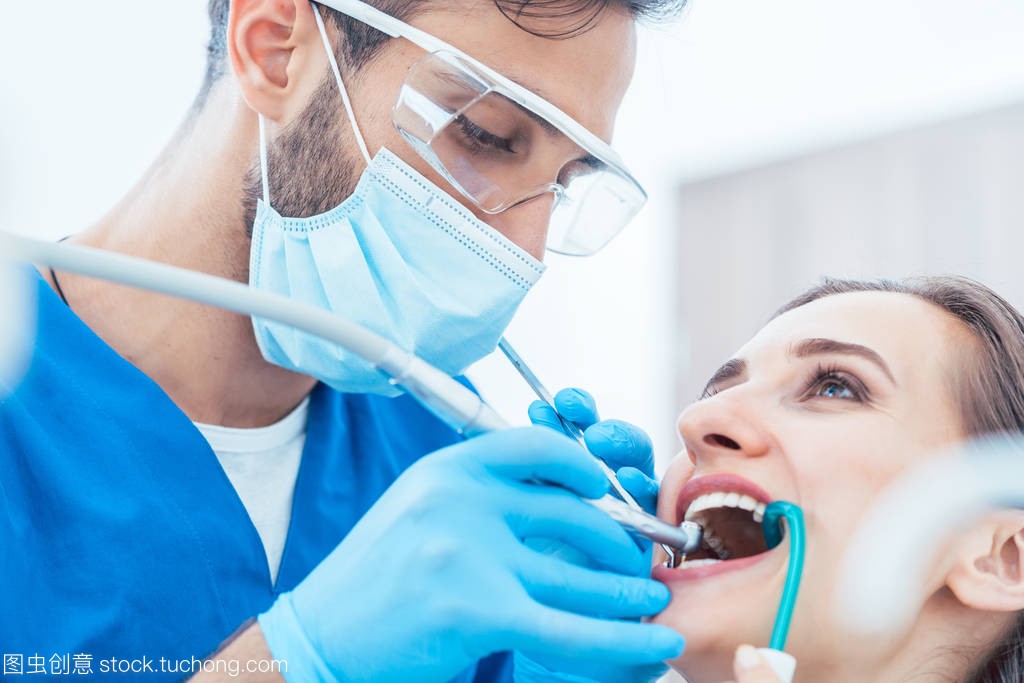


comment